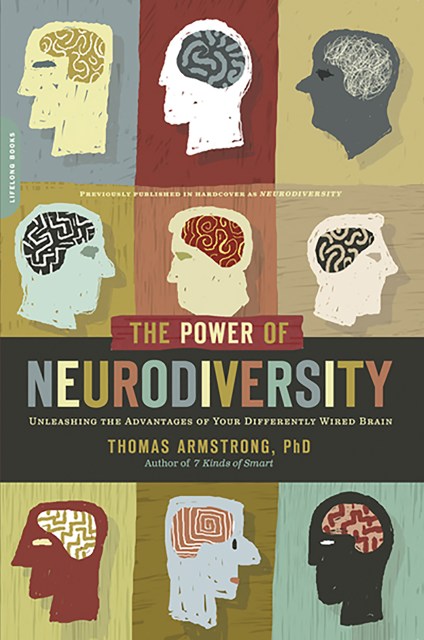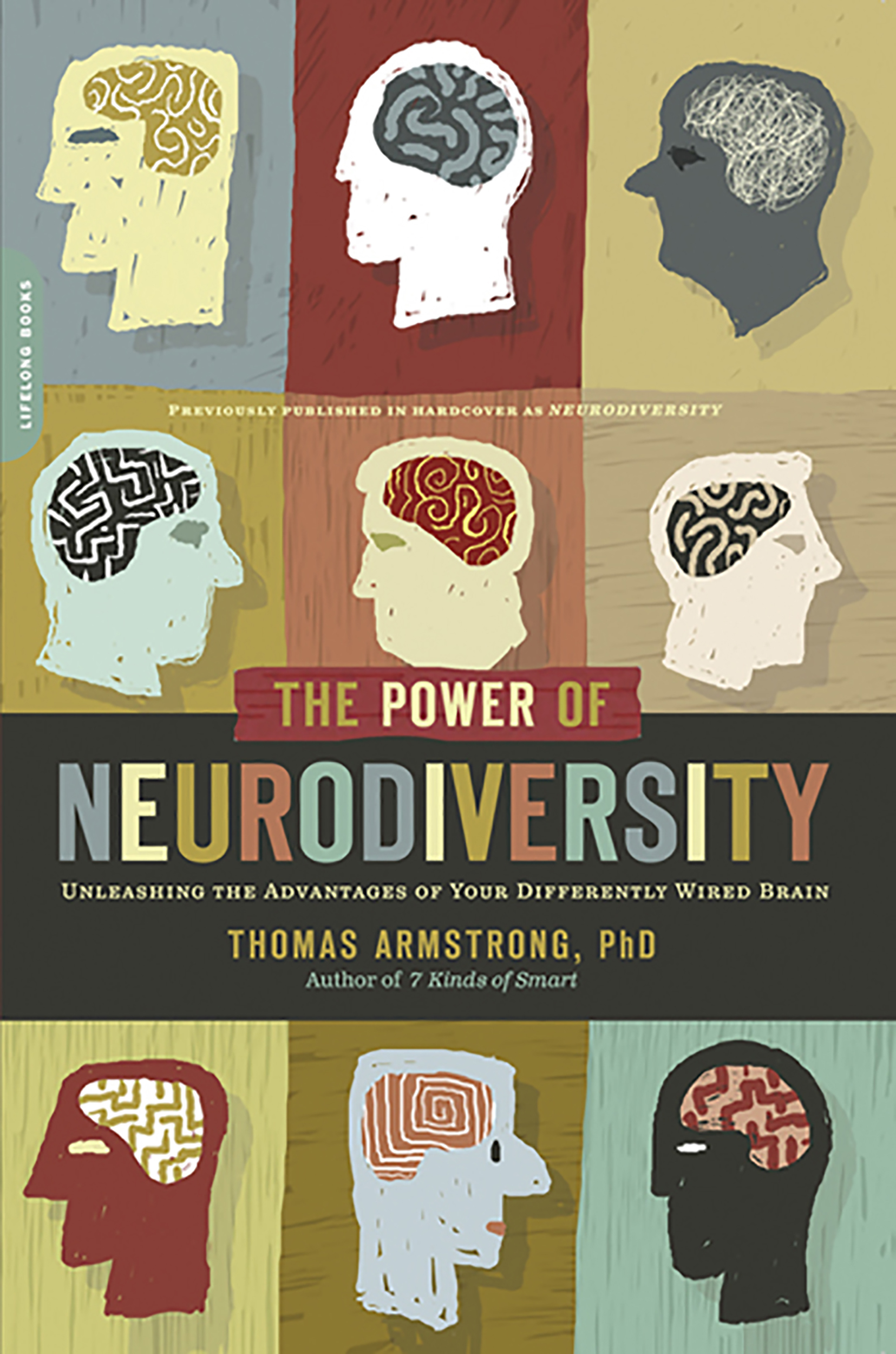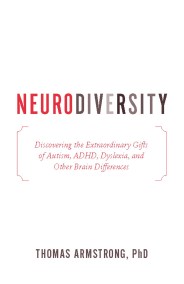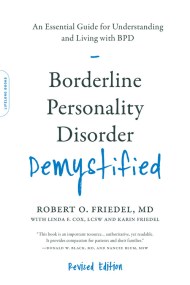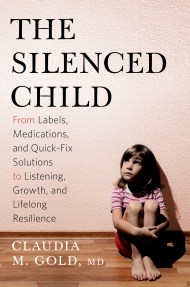Promotion
Use code MOM24 for 20% off site wide + free shipping over $45
The Power of Neurodiversity
Unleashing the Advantages of Your Differently Wired Brain (published in hardcover as Neurodiversity)
Contributors
Formats and Prices
Price
$11.99Price
$14.99 CADFormat
Format:
- ebook $11.99 $14.99 CAD
- Audiobook Download (Unabridged) $24.99
- Trade Paperback $16.99 $19.99 CAD
This item is a preorder. Your payment method will be charged immediately, and the product is expected to ship on or around October 4, 2011. This date is subject to change due to shipping delays beyond our control.
Also available from:
Develop a new understanding of neurodivergence with this thoughtful exploration of the human mind from a bestselling author and psychologist.
From ADHD and dyslexia to autism, the number of diagnosis categories listed by the American Psychiatric Association has tripled in the last fifty years. With so many people affected, it is time to revisit our perceptions of people with disabilities.
Bestselling author, psychologist, and educator Thomas Armstrong illuminates a new understanding of neuropsychological disorders. He argues that if they are a part of the natural diversity of the human brain, they cannot simply be defined as illnesses. Armstrong explores the evolutionary advantages, special skills, and other positive dimensions of these conditions.
A manifesto as well as a keenly intelligent look at "disability," The Power of Neurodiversity is a must for parents, teachers, and anyone who is looking to learn more about neurodivergence.
Genre:
- On Sale
- Oct 4, 2011
- Page Count
- 288 pages
- Publisher
- Da Capo Lifelong Books
- ISBN-13
- 9780738215631
Newsletter Signup
By clicking ‘Sign Up,’ I acknowledge that I have read and agree to Hachette Book Group’s Privacy Policy and Terms of Use
